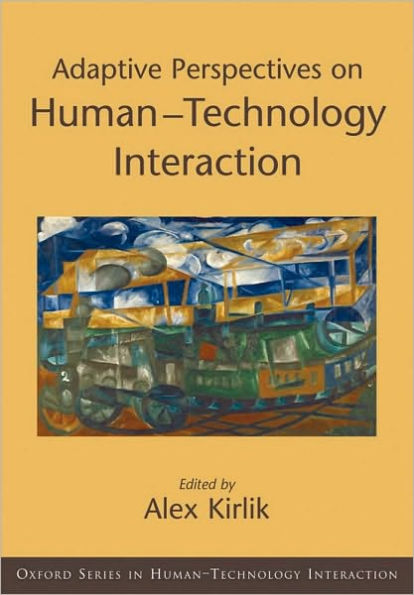Table of Contents
Foreword K. R. Hammond vii
Contributors xv
I Background and Motivation
1 Cognitive Engineering: Toward a Workable Concept of Mind Alex Kirlik 3
2 Introduction to Brunswikian Theory and Method William M. Goldstein 10
II Technological Interfaces
Introduction Alex Kirlik 27
3 Knowledge versus Execution in Dynamic Judgment Tasks Ann M. Bisantz Alex Kirlik Neff Walker Arthur D. Fisk. Paul Gay Donita Phipps 29
4 Understanding the Effects of Computer Displays and Time Pressure on the Performance of Distributed Teams Leonard Adelman Cedric Yeo Sheryl L Miller 43
5 Supporting Situation Assessment through Attention Guidance and Diagnostic Aiding: The Benefits and Costs of Display Enhancement on Judgment Skill William J. Horrey Christopher D. Wickens Richard Strauss Alex Kirlik Thomas R. Stewart 55
6 Applying the Multivariate Lens Model to Fault Diagnosis Pratik D. Jha Ann M. Bisantz 71
III Automation and Decision Aiding
Introduction Alex Kirlik 89
7 Measuring the Fit between Human Judgments and Alerting Systems: A Study of Collision Detection in Aviation Amy R. Pritchett Ann M. Bisantz 91
8 Trust, Automation, and Feedback: An Integrated Approach Younho Seong Ann M. Bisantz Cordon J. Cattie 105
9 Human-Automated Judgment Learning: Enhancing Interaction with Automated Judgment Systems Ellen J. Bass Amy R. Pritchett 114
IV Alternatives to Compensatory Modeling
Introduction Alex Kirlik 129
10 Inferring Fast and Frugal Heuristics from Human Judgment Data Ling Rothrock Alex Kirlik 131
11 Viewing Training through a Fuzzy Lens Gwendolyn E. Campbell Wendi L. Van Buskirk Amy E. Bolton 149
12 Achieving Coherence: Meeting New Cognitive Demands inTechnological Systems Kathleen L. Mosier Shane T. McCauley 163
V Into the Field: Vicarious Functioning in Action
Introduction Alex Kirlik 177
13 What Makes Vicarious Functioning Work? Exploring the Geometry of Human-Technology Interaction Asaf Degani Michael Shafto Alex Kirlik 179
14 Understanding the Determinants of Adaptive Behavior in a Modern Airline Cockpit Stephen M. Casner 197
15 Abstracting Situated Action: Implications for Cognitive Modeling and interface Design Alex Kirlik 212
VI Ecological Analysis Meets Computational Cognitive Modeling
Introduction Alex Kirlik 227
16 The Emerging Rapprochement between Cognitive and Ecological Analyses Wayne D. Cray 230
17 The Use of Proximal Information Scent to Forage for Distal Content on the World Wide Web Peter Pirolli 247
18 Kilograms Matter: Rational Analysis, Ecological Rationality, and Closed-Loop Modeling of Interactive Cognition and Behavior Michael D. Byrne Alex Kirlik Chris S. Fick 267
VII Reflections and Future Directions
19 Reflections from a Judgment and Decision Making Perspective Terry Connolly 287
20 Reflections from a Cognitive Engineering and Human Factors Perspective Kim J. Vicente 292
Name Index 297
Subject Index 303



